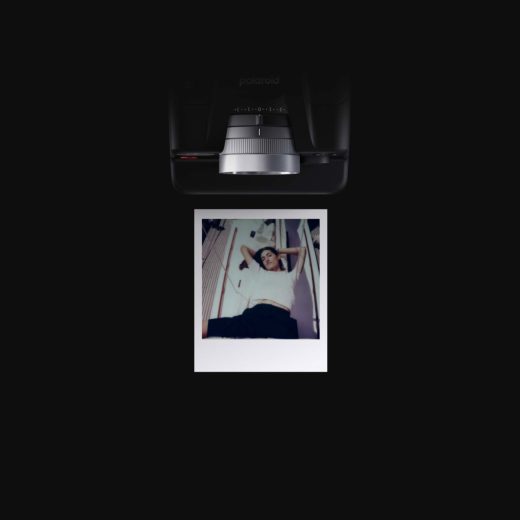Polaroid’s new camera takes instant photography to a new level
Back in the golden age of instant photography that was the 1970s, Polaroid offered a dizzying array of camera models. One of the most iconic was the rainbow-striped OneStep, with its accessible $39.95 list price. But the line went all the way up to the SX-70, the folding, leather-wrapped SLR I’ve called the greatest gadget of all time. At $180—around $1,200 in 2023 dollars—it was for people who took taking Polaroids really seriously.
Fast forward to 2023: Once again, Polaroid is introducing a really serious camera. It’s called the I-2, and it costs $600, putting it in a whole different stratosphere than the $99 Polaroid Go and $120 Polaroid Now. Those two models are very much heirs to the crowd-pleasing, point-and-shoot ’70s OneStep, while the I-2 offers much better specs, true manual controls, and a generally upscale experience befitting its price tag. “It’s just a camera that deserves to be part of the lineup,” says Polaroid chairman Oskar Smolokowski, who has long wanted to offer something like the I-2 and first showed me a prototype a year ago.
Now, it’s probably still obligatory in any article about a new Polaroid product to briefly recap the company’s tumultuous history in this century. That includes two bankruptcies, the end of camera and film production, the rescue of the last film plant by a startup that called itself The Impossible Project, its gradual merger with the remnants of Polaroid and adoption of its brand, and the new Polaroid’s return to the camera market a decade after the old Polaroid abandoned it.
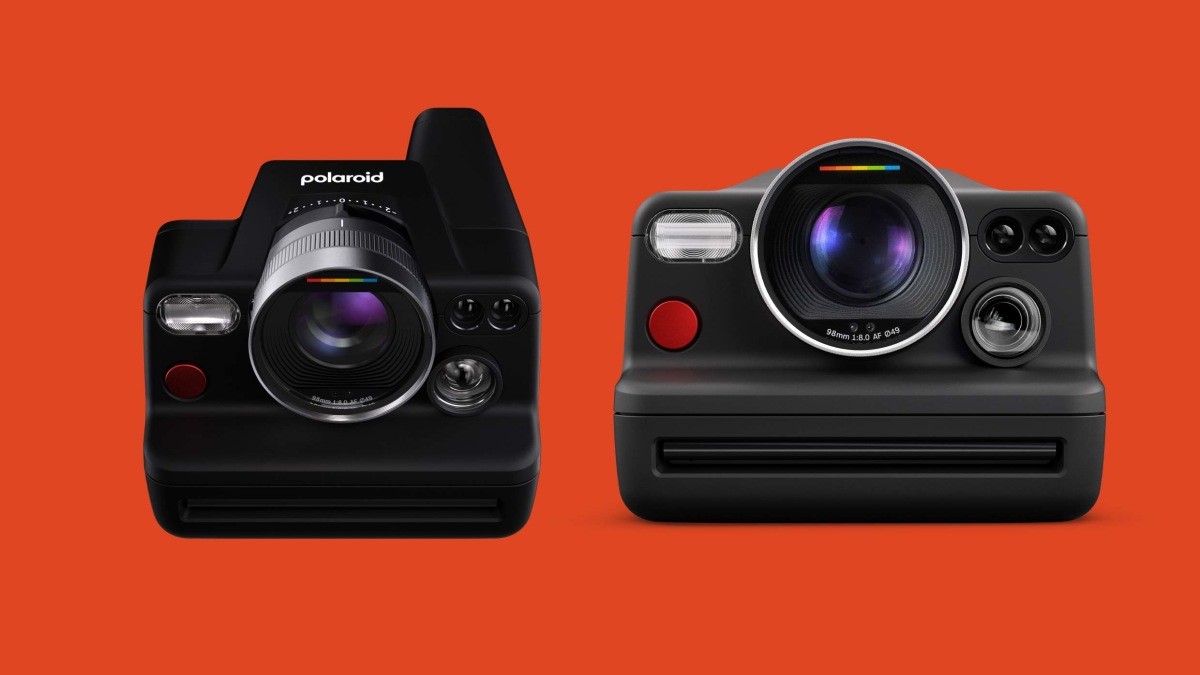
Along the way, in 2016, The Impossible Project released a camera called the I-1. It was a trifle odd—looking more like a rotary phone than a piece of photographic equipment—and came and went quickly. But it was the first new camera in years that used Polaroid film, a critical milestone in the medium’s revival. The I-2’s name pays tribute to its significance.
While Polaroid was busy with its near-death experience and rebirth, Japan’s FujiFilm, which never gave up on instant photography, turned its Instax line into a huge and growing business. It now dominates the market. Even so, Polaroid—whose brand remains so synonymous with the technology it created that plenty of people who take pictures with an Instax camera mistakenly believe they’re shooting Polaroids—has bounced further back than once seemed possible. And the I-2—which is not only ambitious, but unlike any camera Polaroid has ever made—is the latest evidence.
Manual settings aren’t unprecedented in a Polaroid camera: Some of the company’s modern models have offered them via Bluetooth connection to a smartphone app. But the most devoted instant photographers have long craved something more advanced than current Polaroid and FujiFilm cameras. In certain cases, they buy the most sophisticated vintage Polaroid models or cameras from Hong Kong-based Mint, which sells several with manual settings.
Ultimately, though, a Polaroid that caters primarily to photographers who want more control is largely uncharted territory. That’s because Edwin Land, Polaroid’s cofounder and presiding genius, was driven by his vision of “absolute one-step photography.” To him, good photos shouldn’t require anything beyond framing the picture and pushing the shutter button. And so with rare exception, the cameras he presided over didn’t offer more settings than were necessary at the time.
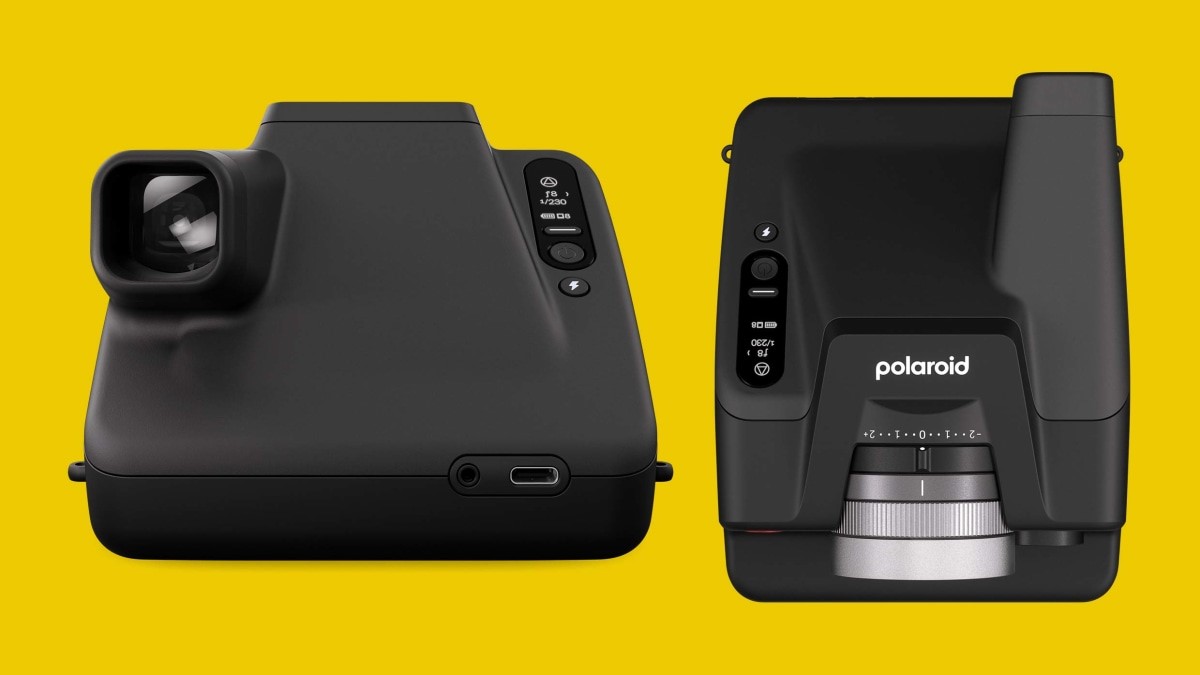
That gave the I-2’s designers the tricky mandate of going against some long-standing traditions without messing up what people love about Polaroid cameras. Its chunky form factor is similar to the company’s other current models, and goes all the way back to the 1977 OneStep. The obvious cues that it’s something new include its pro-feeling black finish, metallic-red shutter button, nice bundled hand strap, and the first lens cap I remember seeing on an instant camera. But the defining new feature is the bigger, better three-element lens, which features continuous lidar-assisted autofocus and can open up as wide as f/8. (Compared to a digital camera or 35mm film model, that lets in more light than you might assume at first blush: Since the film is also the photo, Polaroid film has been a form of medium-format photography all along.)
To bring the I-2 to life required engineering expertise beyond what Polaroid had acquired building its other modern cameras. The company found it in a team of veteran camera designers from Olympus, the one-time Japanese photography giant that got out of the camera business in 2020. These Olympus alums “worked there in the ’70s and really knew their stuff when it comes to analog cameras and how the optics need to work,” says Smolokowski.
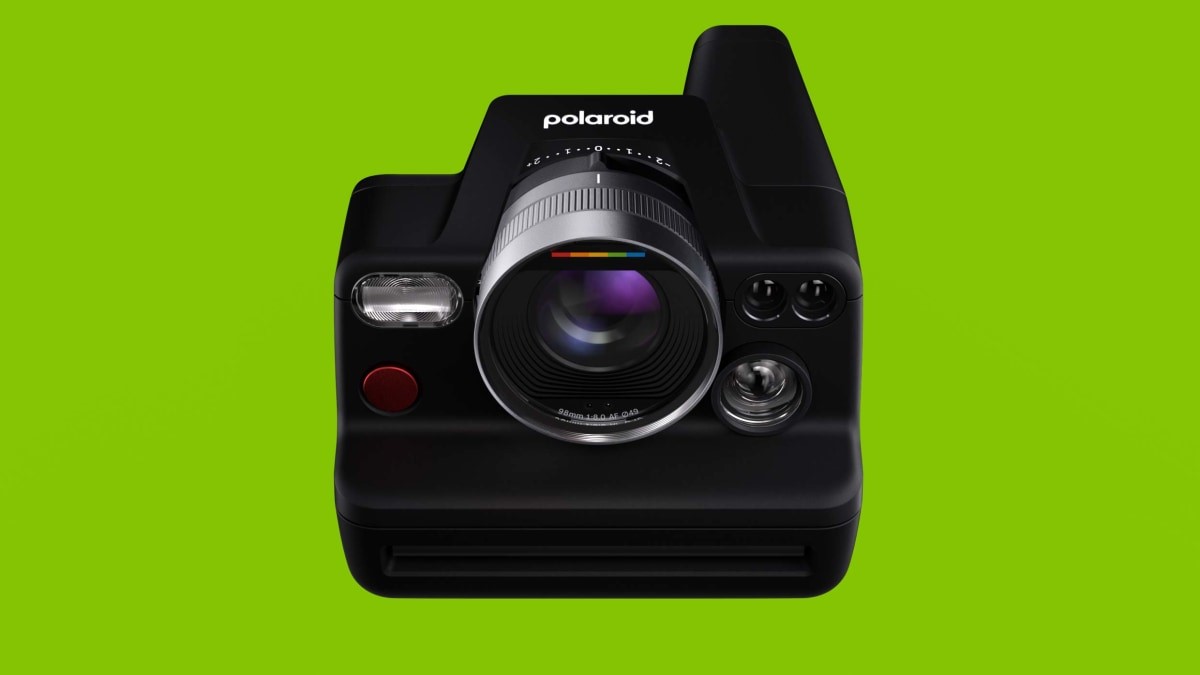
With the I-2’s profusion of options—by Polaroid standards, anyway—the company also had to reconsider its user interface. Early on, it considered giving the camera a touch screen. Upon further contemplation, Smolokowski says, “We were like, ‘No, it’s got to be rooted in physical interactions.’”
The design team landed on a small grayscale display on the back and a single button that lets you step through menus to select modes, such as auto, full manual, aperture or exposure priority, and multiple exposures. You adjust aperture and exposure by twisting a wheel that surrounds the lens and can see readouts of settings in the roomy viewfinder—an experience that’s new for Polaroid but familiar from decades of SLR camera design.
New camera, same film
Over the past few weeks, I’ve been trying out an I-2 provided by Polaroid. Having more control over depth of field and other aspects of a shot than is possible with garden-variety instant cameras has been rewarding. By opening up the lens and/or adjusting exposure compensation, I also found that I could get away with photography in subpar conditions (indoor shooting without the flash on has long been an iffy proposition with Polaroid cameras). And the company nailed the I-2’s new-but-familiar feel.
As with any camera that offers manual settings, it’s way easier to botch a shot than with a purely automatic model like other Polaroids: At $17 for an eight-pack of film, each photo costs about $2.13, so I needed to stifle my urge to experiment endlessly. I also had to make peace with the current state of the company’s film—the one part of the Polaroid experience the I-2 can’t fundamentally upgrade.
Back when The Impossible Project revived Polaroid photography after Polaroid itself had given up on it, the company had to figure out how to make instant film all over again with new techniques and chemicals. The results have improved considerably over time but are still inconsistent and unpredictable compared to the old film—a fact that dismays some customers while striking others as a quirkily rewarding element of analog photography. Rather than claiming its film doesn’t have issues, the current incarnation of Polaroid has recently begun leaning into its rough edges. It even calls the photographers it commissioned to shoot with the I-2 “The Imperfectionists.”
Still, “we’re kind of consistently, positively surprised ourselves at what this camera can do and what our film can do with it,” says Smolokowski. “The other side of it is that the film chemistry, we’re improving it little by little, but I think it’s still got some ways to go to get even better.”
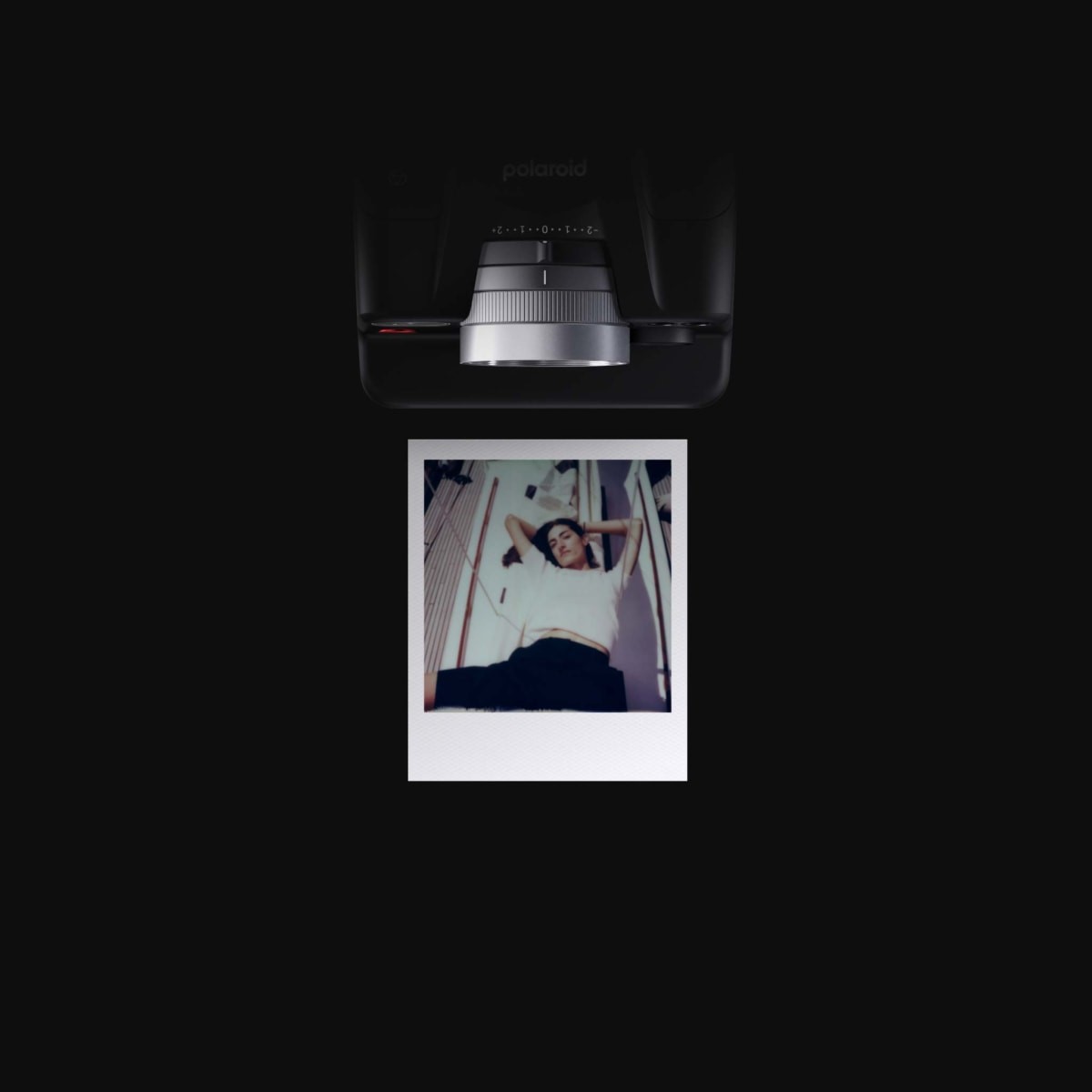
Can we pause to acknowledge the weirdness of instant-film quality mattering at all in 2023? In case you hadn’t noticed, photography has changed quite a bit since the days when Polaroid cameras were a ubiquitous part of everyday life. Today’s smartphones are pretty much the realization of Edwin Land’s dream of an instant camera so convenient and portable that everybody would have one with them always and use it all day long, like a pen. Even the term “instant photography” is a charming anachronism, given that a Polaroid photo isn’t instant at all by contemporary standards: It develops before your eyes but takes a while to do so.
Despite everything, analog instant photography has found its footing in our world: I remain startled and pleased that my local Target devotes far more shelf space to Instax and Polaroid gear than digital cameras. Which is not to say it’s a given that the pricey I-2’s blend of more creative control and self-confessed imperfection will speak to enough people to repay the considerable effort Polaroid put into creating it—a reality Smolokowski cheerfully admits.
“We’re going to need to prove it out,” he says. “These things take time—people need to see it to believe it. But the good news is that there’s something to see.”
(28)

